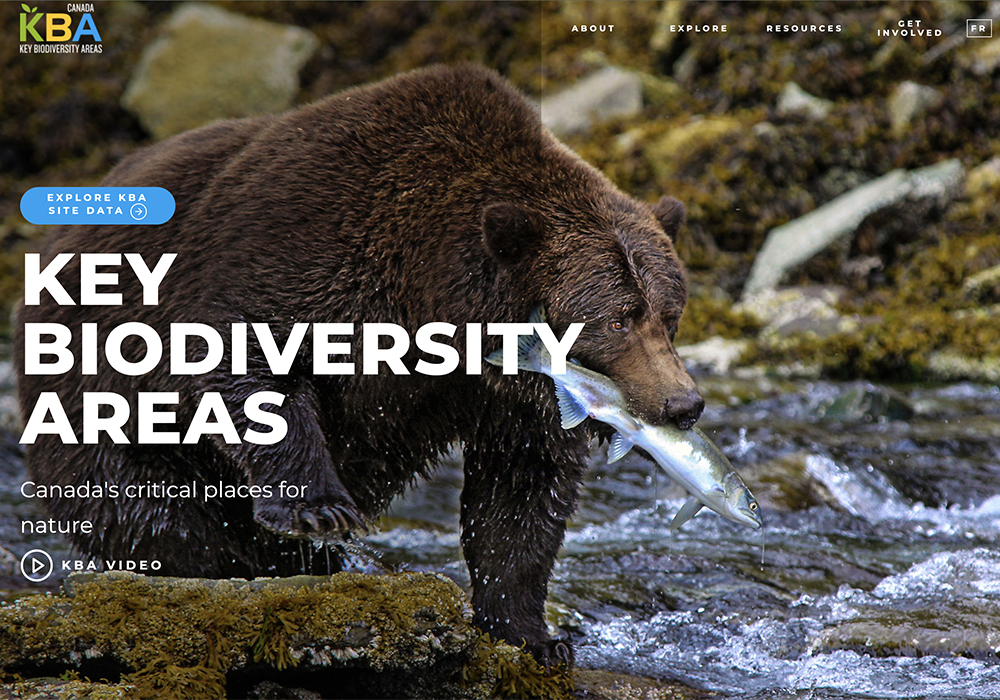After 12 years of developing criteria for Key Biodiversity Areas, an initial list of sites in Canada has been revealed.
The new criteria is designed to standardize data collection to identify key areas for possible ecological preservation.
More than five dozen KBAs have been listed nationally by a consortium of naturalist organizations, which includes Birds Canada, NatureServe Canada and the Wildlife Conservation Society Canada.
Hundreds more have been identified for the designation, according to Andrew Couturier, senior director of landscape management and conservation at Birds Canada.
Read Also

Organic farmers urged to make better use of trade deals
Organic growers should be singing CUSMA’s praises, according to the Canadian Chamber of Commerce.
“(KBAs) are critical places for the survival of species and ecosystems and that’s all based on a rigorous, quantitative set of standards and criteria,” he said.
Those criteria includes a combination of distribution of species, rare habitats and ecological integrity.
Couturier said KBAs carry no legal protections about how the land should be managed.
“It certainly could be used to establish new protected areas but not necessarily,” he said. “It’s raising awareness that this is a critical area, which might already be stewarded by farmers, farmers’ groups, landowners, ranchers, indigenous groups — whoever it is — and nothing needs to be changed.”
Couturier stressed that stakeholders would decide what to do with the data collected. KBAs are simply an internationally recognized set of standardized data collection points that can be used by interested parties at their discretion.
“There are other tools too,” he said. “But it is a very vigorous tool. It is a quantitative tool and it means the same thing no matter where you are in Canada or around the world.”
Couturier said KBA designations involve consultations with landowner groups, governments and Indigenous communities, while also going through a technical review.
It’s part of a global effort to standardize ecological data to identify areas worldwide in need of protection, backed by the International Union for Conservation of Nature (IUCN) along with the largest world’s largest environmental protection groups.
“Previously, we had important bird and biodiversity areas around for a long time and that was the pioneering work which inspired the KBAs,” said Couturier. “But there were other systems too.”
In addition to birds, a separate set of criteria for mammals, plants, fish and invertebrates existed, which identified key concerns by stakeholder groups in their respective areas.
“The IUCN and this group of the largest (non-governmental organizations) said this isn’t working very well, let’s put it all together in one evaluation system that is for all biodiversity,” said Couturier.
Nearly 1,000 sites have been identified in Canada as potential KBAs. A list of areas being examined is available on the Canada KBA website at Key Biodiversity Areas of Canada at kbacanada.org.
Designated KBAs that currently exist include Whitewater Lake in Manitoba, Last Mountain Lake National Wildlife Area in Saskatchewan, the Peace-Athabasca delta in Alberta and the Fraser Valley estuary in British Columbia.
















